Joint Inventorship in Patent Applications: A Guide for US Patent Attorneys
- Updated on: Jan 11, 2025
- Read 2 minutes
- Published on Jan 11, 2025
In the complex terrain of patent law, understanding the nuances of joint inventorship is crucial for any patent attorney. This aspect of patent filing, particularly its intersection with 35 U.S.C. 103(a), 103(c), and the considerations of 35 U.S.C. 102(e), (f), or (g), plays a pivotal role in the patentability of claims. This article provides a detailed exploration of these statutes and offers practical strategies for effectively managing joint inventorship in patent applications.
Understanding Joint Inventorship and its Legal Implications:
Joint inventorship occurs when a patent is the product of collaboration between two or more individuals. Under U.S. patent law, specifically 35 U.S.C. 103(a), if the subject matter of various claims in a patent application was commonly owned at the time of their invention, the claims are presumed to be patentable. This presumption is significant as it simplifies the patent examiner’s evaluation process regarding the inventive step or non-obviousness of the claims.
However, the scenario becomes more complex when claims were not commonly owned at the time of their invention. In such cases, the applicant is required to meticulously identify the inventor and the dates of each invention. This detailed disclosure enables the examiner to apply the exemptions provided under 35 U.S.C. 103(c) and evaluate the potential prior art under 35 U.S.C. 102(e), (f), or (g) concerning 35 U.S.C. 103(a).
Strategies for Managing Joint Inventorship in Patent Filings:
Thorough Documentation: Ensure meticulous documentation of the contribution of each inventor. This includes maintaining clear records of invention dates and the specific contributions of each inventor.
Common Ownership Analysis: Evaluate the ownership status of each claim at the time of the invention. If the claims were not commonly owned, prepare to provide the necessary inventorship and invention date details.
Prior Art Considerations: Anticipate how the non-common ownership of claims might bring additional prior art under 35 U.S.C. 102(e), (f), or (g) into consideration. This requires a proactive approach in assessing and potentially negating the impact of such prior art on the patentability of claims.
Collaborative Inventions: In cases involving multiple inventors from different entities, consider establishing joint research agreements or other forms of collaboration that can establish common ownership and thereby simplify the patent process.
Examiner Communication: Engage proactively with patent examiners to clarify inventorship issues and ownership status, ensuring that they have a comprehensive understanding of the joint inventorship landscape of your application.
Joint inventorship in patent applications presents both challenges and opportunities. By comprehensively understanding the legal landscape, particularly the provisions of 35 U.S.C. 103(a), 103(c), and the implications of 35 U.S.C. 102(e), (f), or (g), patent attorneys can more effectively guide their clients through the patent application process. The key lies in meticulous documentation, strategic analysis of claim ownership, and proactive engagement with patent examiners. With these strategies, attorneys can navigate the complexities of joint inventorship, ensuring a smoother patent application process and strengthening the prospects of their clients’ inventions.
For US law firms seeking expert outsourcing support in the patent prosecution process, Maxinov Patent Prosecution Services stands as a distinguished partner. With an understanding and training on the complexities of US patent law and a seasoned team of professionals, Maxinov offers tailored solutions to navigate the intricacies of patent applications. Our approach combines meticulous documentation, strategic insight, and proactive engagement, ensuring that your patent applications are managed with the highest level of professionalism and attention to detail.


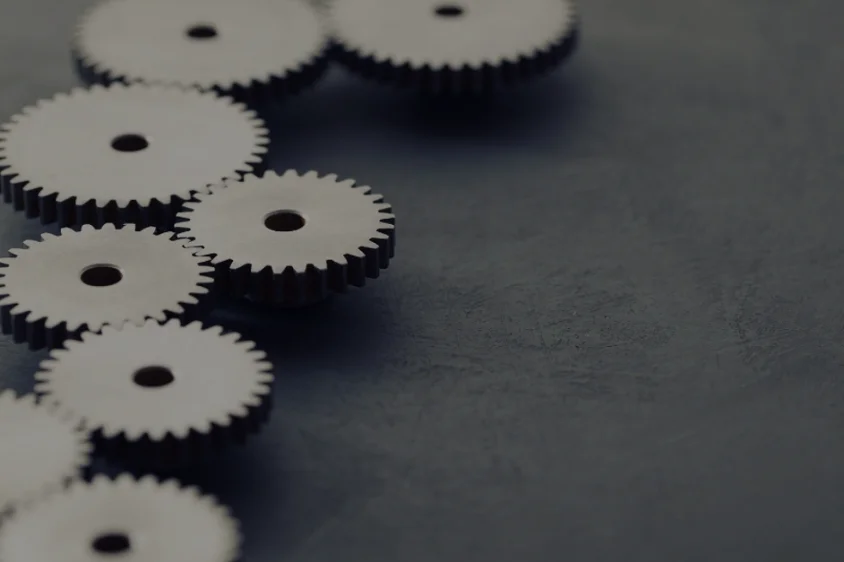


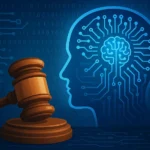
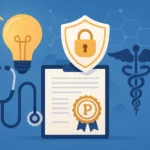
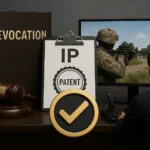

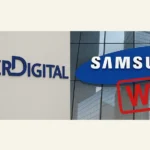
No comment yet, add your voice below!